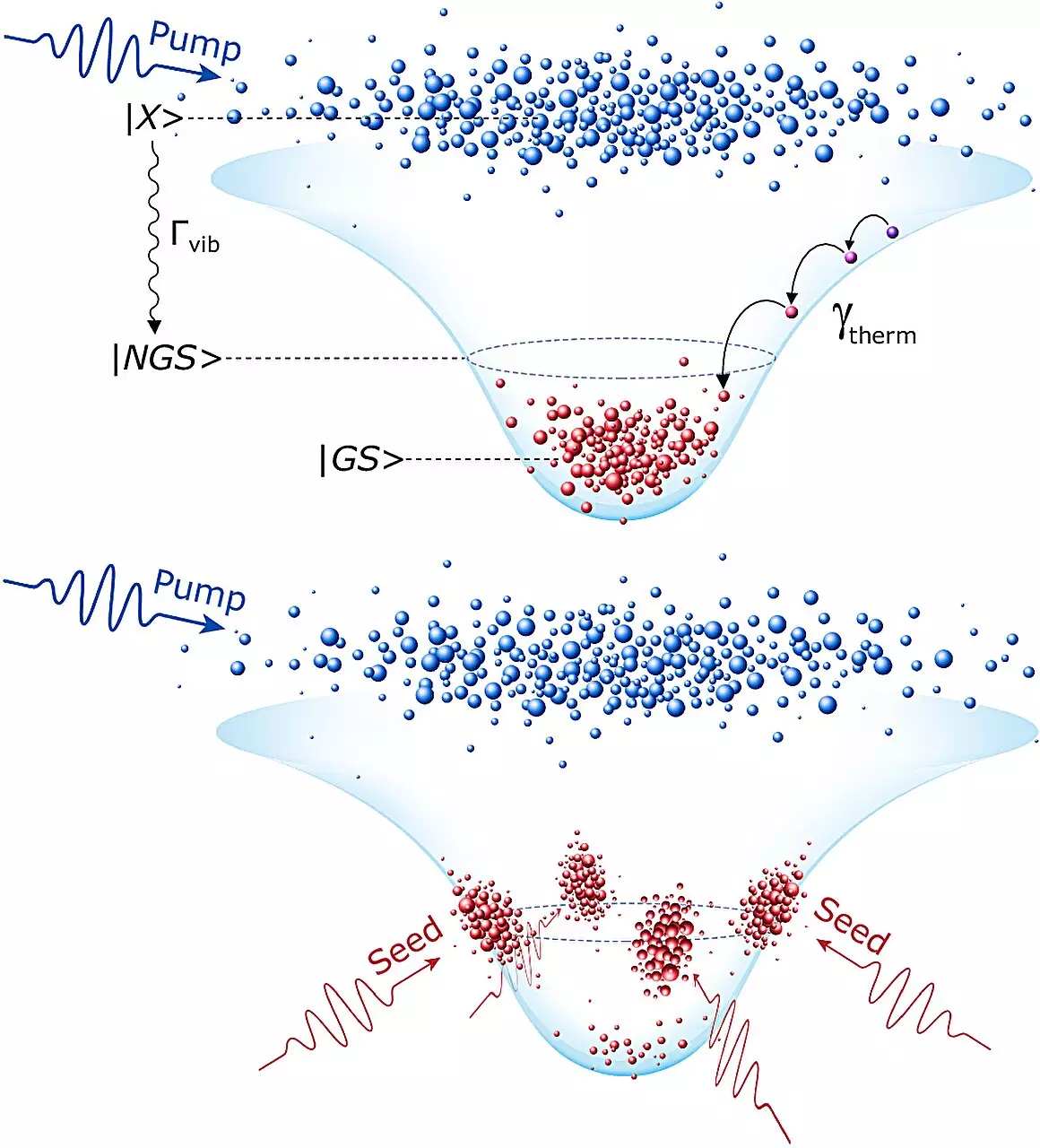Recent advancements in optical computing have taken a significant leap forward, thanks to a collaborative research endeavor between Skoltech in Russia and Bergische Universität Wuppertal in Germany. This innovative team has successfully developed a universal NOR logical element utilizing polariton condensates, marking a potential turning point in the landscape of computational technology. This discovery is not merely an incremental improvement; it sets the stage for entirely new classes of computing architectures that could outperform traditional electronic systems by orders of magnitude.
Optical computation has long been seen as a futuristic aspiration, often compared to the visionary dreams of science fiction. With the roll-out of this novel NOR gate, significant barriers have been breached, paving the way for optical chips capable of performing complex calculations without the prohibitive energy costs and thermal limitations associated with current electronic processors. These new logic elements operate at room temperature and can connect in circuits, a capability integral for building practical computing systems.
The Speed of Light: A Game Changer
A striking feature of this new technology is the astonishing speed it promises. Unlike electronic systems, which are constrained by the thermal limits of semiconductor materials operating at several gigahertz, this optical strategy allows computations to reach frequencies of up to 1 THz. This sheer velocity — approximately 300 times faster than conventional electronic logic gates — is not merely a performance enhancement; it’s a fundamental rethinking of what’s possible in computational mechanics.
Denis Sannikov, the lead author and deputy head of the Hybrid Photonics Laboratory, articulates the vision behind this groundbreaking work. He highlights how the increasing frequency demands of modern computational tasks have, since the 1980s, propelled manufacturers into a murky corner where exceeding certain thresholds renders processors inefficiently hot. With optical technology, this thermal bottleneck is elegantly sidestepped, ushering in a future where speed and energy efficiency can coexist harmoniously.
Photonic Logic Gates: The Building Blocks of Future Computing
Logic gates are the fundamental building blocks of all computing devices. These components perform critical functions such as conjunction, disjunction, and negation, essentially enabling machines to make decisions. Traditionally, electronic gates have been limited in their input and output capabilities. However, what distinguishes this new optical universal gate is its ability to manage up to 12 inputs successfully, thus expanding the potential for more complex computations within a single unit.
The researchers credit this remarkable achievement to the unique properties of polaritons, sometimes referred to poetically as “liquid light.” As Sannikov elaborates, the capacity of polaritons to condense and amplify weak optical signals sets them apart from traditional electronic components. When polaritons are manipulated into their ground state or higher energy states, they exhibit transformational capabilities that allow for innovative approaches to logical operations.
Overcoming Challenges in Optical Logic Design
A significant engineering hurdle in the development of all-optical logical elements has been the ability to manage optical signals effectively. The nascent challenge of switching signals ON and OFF using light, rather than relying on electron flow—which is inherently limited in its interactions—has been an arduous task for physicists and engineers alike. This new work leverages the unique nature of polariton behavior, which can facilitate these optical signal manipulations in ways that previously eluded researchers.
One noteworthy aspect of this optical technology is its reliance on a singular photon to control a polariton transistor, a capability that sets it apart from other optical systems. This diminutive control mechanism could revolutionize the way logical operations are executed, opening up a wealth of opportunities for researchers to explore more complex operations with fewer resources.
Envisioning a Future in Optical Computing
The implications of this research extend far beyond the immediate realm of logic gates. As industries grow increasingly reliant on high-performance computing, whether for data analysis, artificial intelligence, or simulation, the transition to optical computation could provide the necessary muscle to meet these demands. The vision painted by the Skoltech and Wuppertal team is not just limited to a single advancement; it forms part of a larger narrative aimed at transitioning our computing infrastructure into an era defined by speed and efficiency.
What we are witnessing is not merely a scientific breakthrough, but the dawn of a new paradigm that promises not only to enhance our computational capabilities but also to alter the very fabric of how we understand and interact with technology. As the foundations of optical computing solidify, we may soon inhabit a world where the limits of processing power are stretched beyond their current constraints, leading to stronger, faster, and smarter systems that can function in ways we have only begun to imagine.


Leave a Reply